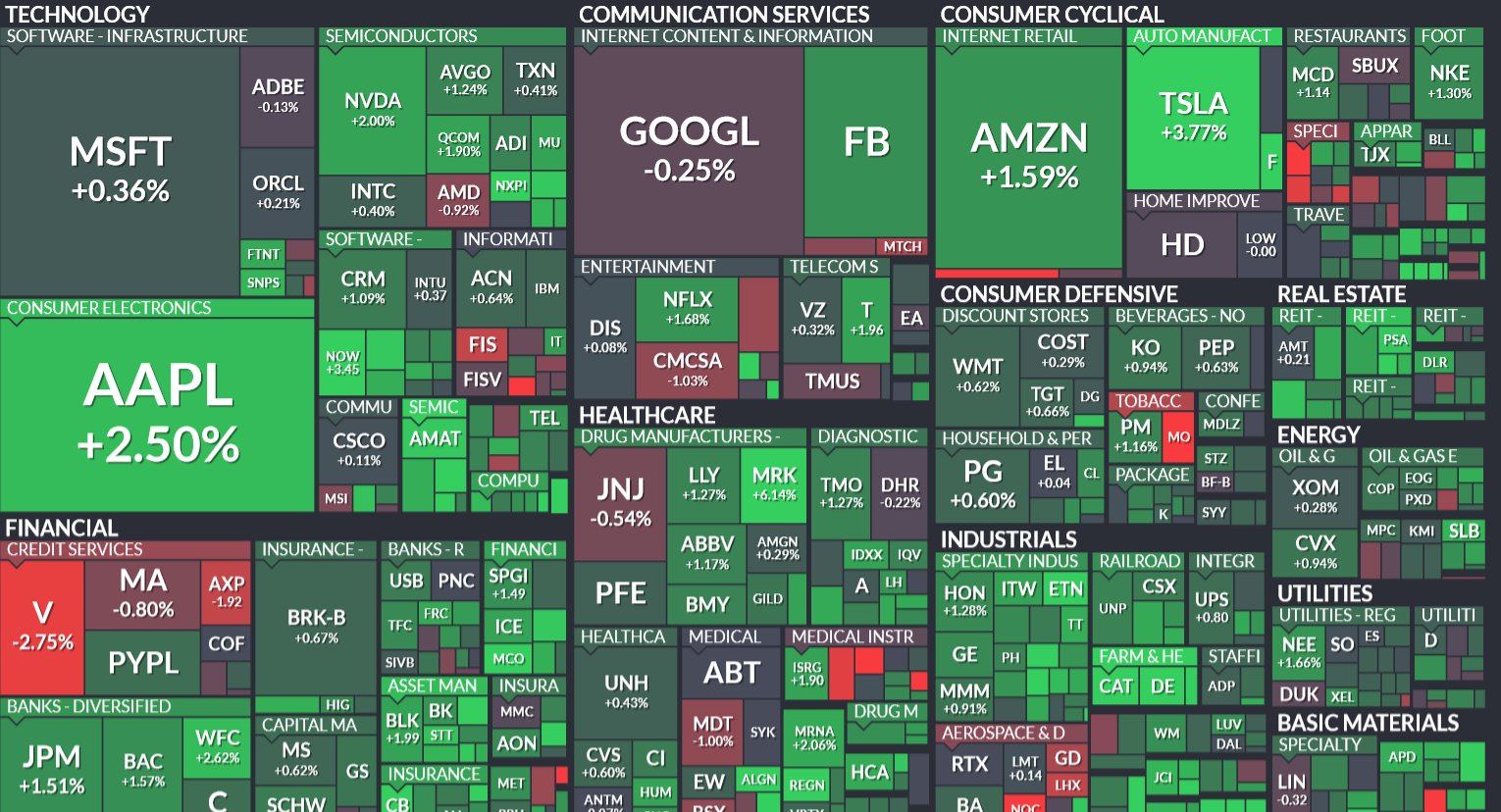Yesterdays trade saw USD/MXN within the range of 15.2883 – 15.2412. The pair fell 0.1% on a daily basis to close at 15.2620 after it settled last week 1.7% higher.
At 06:57 GMT today USD/MXN was up 0.28% for the day to trade at 15.2992. The cross held in a daily range of 15.2561 – 15.2989 and is up 0.2% for the week so far.
Fundamental view
United States
A slew of economic reports will be released today after Mondays Memorial Day holiday.
Durable goods orders in the United States probably contracted 0.4% in April, according to the median forecast by experts, after jumping 4.7% in March.
Orders of durable goods, as an indicator, gauge the strength of the US manufacturing sector and represent a major portion of the nations factory orders. This is a closely watched report on manufacturing activity because durable goods are the first type of goods to be affected by an economic downturn or upturn.
Durable goods are designed to last three or more years and encompass aircraft, automobiles and buses, cranes, machine parts, appliances etc. More than 85 industries are represented in the sample, which covers the entire United States. The logic behind this indicator is that consumers need to be very optimistic in order to buy an automobile in comparison with, for example, first necessities such as food or clothing. Therefore, durable goods are among the first goods, which a consumer may abstain from purchasing, in case overall economic activity begins to contract. The same is valid for company purchases. During a recession, an airliner is less likely to purchase new planes and as factory output contracts, it is less likely to acquire new machines.
Core durable goods orders, which exclude transportation, probably rose 0.4% last month after Marchs reading was revised up to show growth of 0.3% from an initially estimated contraction of -0.2%. Large ticket orders, such as automobiles for civil use or aircraft, are not present in the calculation since their value may be in a wide range. This way the index provides more reliable information in regard to orders for durable goods.
In case orders increased at a faster-than-projected pace, this would certainly have a bullish effect on the greenback. The US Census Bureau is scheduled to release the official data at 12:30 GMT.
Later in the day, Standard & Poors will release its S&P/Case-Shiller House Price Index, which measures the change in prices of single-family homes in 20 metropolitan areas across the US. The report serves as a gauge of the US housing markets health. According to preliminary estimates, the respective prices of homes probably rose by a seasonally-adjusted 0.9% on a monthly basis in March, the same as a month earlier, while marking an 4.6% jump on an annual basis. The data are due out at 13:00 GMT.
At 13:45 GMT, a preliminary report by Markit Economics is anticipated to show that activity in the US sector of services probably grew at a slightly slower pace in May from a month earlier, with the respective PMI reading projected at 57.0 from a final 57.4 in April. The PMI is based on data collected from a representative panel of more than 400 private sector companies, which encompasses industries such as transport and communication, financial intermediaries, business and personal services, computing & IT and hotels and restaurants. Values above the key level of 50.0 indicate optimism (expanding activity). Higher-than-expected PMI readings would support the US dollar.
Confidence, home sales
A separate report will likely show that confidence among consumers in the United States probably declined slightly in May, with the corresponding index expected to come in at 95.0 from 95.2 in April. The gauge stood at 103.8 in January which was the highest since August 2007.
This indicator measures the level of individuals confidence in the US economic development. It is considered as a leading indicator, as it gives an early insight into consumer spending, which accounts for most of the nations GDP.
The Consumer Confidence Index (CCI) is calculated on the basis of a household survey which reflects consumers opinion on current conditions and future expectations regarding the US economy. Opinions on current conditions account for 40% of the index, while expectations of future conditions account for the remaining 60%. A sample of 5 000 households in the United States serves as a basis for the survey.
An upbeat reading would support the US dollar, as higher confidence translates into a better willingness to spend, and, respectively, accelerating economic growth. The Conference Board research group is to publish the official index reading at 14:00 GMT.
The last major report for the day is on new home sales. Purchases of new single-family homes probably increased to the seasonally-adjusted annual rate of 510 000 in April compared to a month earlier, according to analysts expectations. The index surged to 543 000 in February which was the strongest performance in 7 years.
There are several points to watch out for when interpreting the New Home Sales numbers. First of all, houses that are not going to be sold immediately are not included in the statistics. Second, the statistics are taken at the point where a customer has signed a sales contract or has put a deposit down. At this point the house can be at any stage of construction. Third, the sales figures are not adjusted to take into account the sales contracts, which are eventually canceled by the builder or the customer. However, the same house is not included in any subsequent count when it is eventually sold to another customer.
The new home sales index is an excellent indicator of any economic downturns or upturns due to the sensitivity of consumers income. When, for instance, new home sales drop over several months, this usually is a precursor to an economic depression.
In case the index rose more than anticipated, this would usually mount buying pressure on the greenback, and vice versa. The Census Bureau is to report the official figure at 14:00 GMT.
Mexico
Mexican index of retail sales probably rose at an annualized rate of 4.4% in March, according to the median forecast by analysts, down from 5.6% in February. Monthly retail sales likely decreased by 0.2%, following a 0.5% jump a month earlier.
Retail sales measure the change in the total value of inflation-adjusted sales at the retail level. It is the primary indicator for consumer spending, which itself accounts for a greater part of the nations economic activity. Therefore, higher retail sales suggest accelerating economic activity, which is generally seen as having a bullish effect on the local currency. Lower retail sales, on the other hand, suggest that the economy is cooling, which, in general, is bearish for the peso. Mexicos National Institute of Statistics, Geography and Informatics (Instituto Nacional de Estadística y Geografía) will release its report on retail sales at 13:00 GMT.
Pivot points
According to Binary Tribune’s daily analysis, the pair’s central pivot point stands at 15.2638. In case it penetrates the first resistance level at 15.2865, it will encounter next resistance at 15.3109. If breached, upside movement may attempt to advance to 15.3336.
If the cross drops below its S1 level at 15.2394, it will next see support at 15.2167. If the second key support zone is breached, downward movement may extend to 15.1923.
In weekly terms, the central pivot point is at 15.2015. The three key resistance levels are as follows: R1 – 15.3995, R2 – 15.5296, R3 – 15.7276. The three key support levels are: S1 – 15.0714, S2 – 14.8734, S3 – 14.7433.





